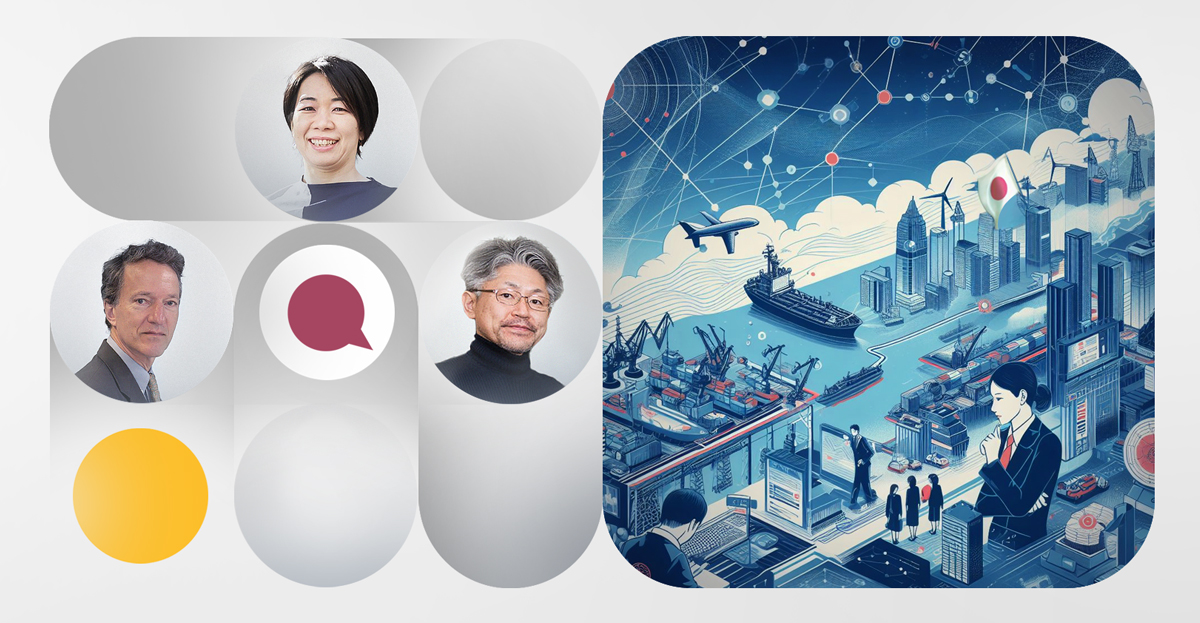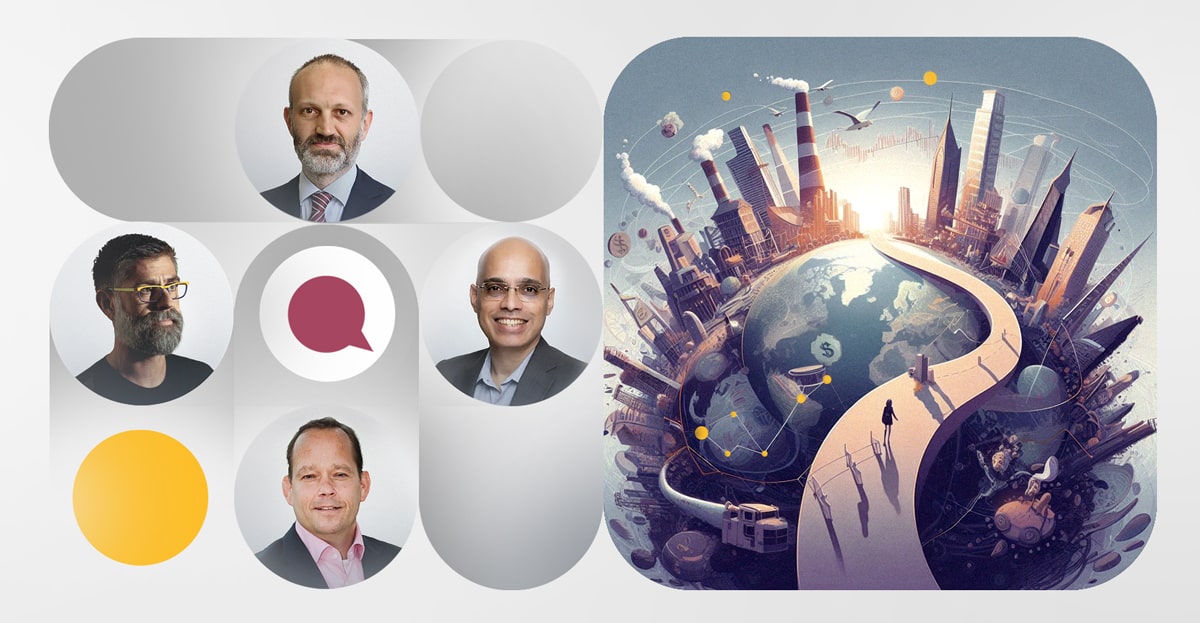The ultimate value chain series
Navigating Transformation: Challenges in Japanese Value Chains
The country has historically been celebrated for its “made-in-Japan” products. However, it now faces increasing competition from Southeast Asian markets, among them South Korea and Taiwan. Within that context, traditional manufacturing alone is no longer sufficient to generate value.
With Japan’s IT platform sector playing catch-up to global giants like Google, Amazon, Alibaba, and Baidu, a fresh approach is imperative. It’s a transformation that’s being navigated in various ways.
“Some companies, such as Hirata and Shima Seiki, are pursuing product quality and functionality to achieve higher customer value,” says Professor Ayko Kawai. “In particular, Hirata builds customized production lines quickly and relatively inexpensively. IoT technologies, module manufacturing, and their accumulated experience make this possible.”
Some companies, like Wacol, are harnessing the vast data they’ve accumulated to pursue open innovation. Others, such as Kuroki, Hakuhodo, Nippura, and Hamamatsu Photonics, continue to produce very high-quality niche products.
“Although they are small companies, their products have a large market share around the world”
“Although they are small companies, their products have a large market share around the world,” Kawai says. “And interestingly, large IT solutions companies such as Fujitsu and NTT Data are looking for new ways to co-create with customers.”
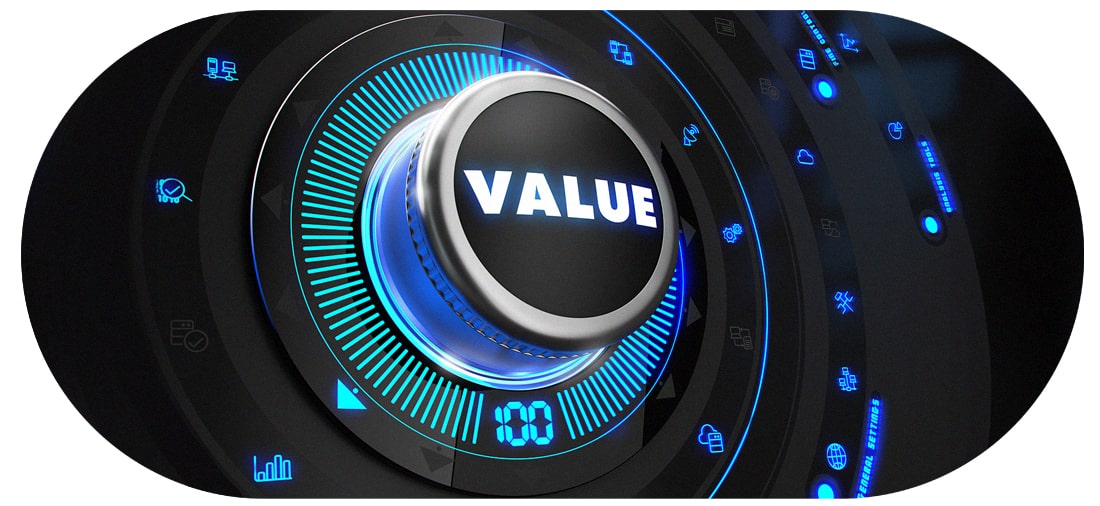
In all cases, Kawai adds, these companies are creating value by ‘doing what only they can do,’ while ensuring they stay in tune with their customers’ needs. The emphasis, as is always the case with Japanese companies, remains on quality. It’s entrenched in everything they do. This commitment is the backdrop against which any transformation in the country should be evaluated, as Freek Vossenaar, the author of a book on Japanese business culture, explains.
“Their entire standard of living depends on their ability to add value and their bright minds,” he says. “So they have to deliver quality and emphasize value creation to try to make themselves invulnerable in that way. And Japanese workers are good at this. Learning everything about materials and processes is considered a virtue. There have been some nasty cases in the recent past when quality problems were not reported, such as KYB shock absorbers, Kobe Steel, and Nissan Motor. I think companies have learned their lessons: they can’t compromise on quality”
Identity crisis?
Japan has long been regarded as a bastion for efficiency. The just-in-time supply chain model that rolled straight out the Toyota boardroom in the 80s has shaped global networks in one way or another ever since. Meanwhile, Kaizen – the Japanese concept of continuous, incremental improvement – remains at the heart of the majority of modern businesses.
Yet, while there is a recognition of the value in Japanese business models, there’s also a tacit acknowledgment that Japan’s global marketplace stature isn’t what it once was. There’s an underlying feeling too, that if it’s going to have a resurgence, Japan will need to rejuvenate or revamp these methodologies. So where does it go from here?

For supply chain transformation specialist, Tanji Hideaki, it’s a matter of self-reflection and a sense of global citizenship. Pointing to the adoption of Kaizen by major global emerging companies such as Amazon and Tesla, he observes, “there must be something inside, an element which the Japanese may not have fully recognized, but that European and US companies have grasped.
They see strength [in those models], so we need to learn something from them if we are to regain our position in the world market. One way to do that is by reflecting on ourselves to develop a model or thesis.”
In that context, Japan also has to recognize its value as a global citizen. It’s been said in the past that the nation can be guarded and concerned only with matters that relate to its own prosperity; it’s a criticism that’s off target and somewhat hypocritical.
Indeed, Warren Buffet’s decision to invest in Japanese companies is a clear indication that they’re expected to play a leading role in the global marketplace. “His reason for investing is to do with our citizenship in the world,” Hideaki says. “It’s related to the quality [of what we produce]. Japan may have lost its standing in the world in the last 30 years, but it has still somehow helped [the rest of the world]. That’s its value.”
A new kind of value chain efficiency?
As Japan recalibrates, so too must its value chains. And like everywhere else, these value chains aren’t immune to disruptions or the sustainability imperative.
A growing concern among companies has been the insecurity of doing research and development outside Japan, notably in certain Asian countries. As a result, they are reshoring sensitive departments. Japan’s unique heritage and culture will undoubtedly shape how this unfolds. So, what then does the new efficiency look like?
Efficiency and effectiveness in Japanese organizations’ value chains hinge on a concept known as gemba – strength in the field. It’s a concept that has been a cornerstone of Japan’s success, both in manufacturing and service industries – and Kawai expects it to underpin future developments, albeit with some changes.
“The strength of the gemba lies in each cross-trained employee and their teamwork”
“The strength of the gemba lies in each cross-trained employee and their teamwork,” she says. “Each employee works autonomously with a kind of sensor that senses what needs to be done in the field. In other words, autonomy is one of the key words in describing Japan’s efficient/effective approach.”
“Taiichi Ohno, a former vice president of Toyota, invented and implemented the Kanban system, which was designed to achieve Just-In-Time (JIT) production – a strategy to improve efficiency by producing only what’s needed when it’s needed. He said that Kanban functions like an autonomic nervous system. Thus, in Japanese organizations, each individual element must operate autonomously while collectively ensuring high performance.”

Gemba though tends to prioritize goals that aren’t always best suited to the end user. So while its essence should remain, its focus on individual or team outputs needs to shift. Kawai adds that “in today’s VUCA environment, Japan’s efficient/effective core component tends to be partially optimized and cannot [necessarily] create an effective value chain.” For those unfamiliar, “VUCA” refers to volatility, uncertainty, complexity, and ambiguity, capturing the unpredictable challenges businesses face.
In Kawai’s words, “an orchestration mechanism is needed to guide an organization, in some cases across organizational silos, toward a desirable overall goal while building on current strengths.”
“They were really surprised to hear that there is an acceptable error margin in the American car industry.”
So does Japan need to change its priorities? Or does it need to lean into its strengths? “They were really surprised to hear that there is an acceptable error margin in the American car industry. That one car out of every so many you build can be shaky,” says Freek Vossenaar.
“When they first discovered that this kind of thinking existed, they really couldn’t understand it, because they aim for 100% excellent quality, no mistakes made in the process – and that is what made them big.
“In my opinion, it’s the only way they can survive, by maintaining these kinds of quality standards. The Japanese idea of staying with a single company your whole career hasn’t always traveled well, but there is something in that.
“It’s still very much part of the way the labor system works and you get the commitment of the people all throughout the supply chain. So, if you want to make it more efficient or to make the quality better you have to lean into that.”
An outward focus?
Efficiency of course is only one element of the modern value chain. It’s incumbent on all organizations across the world to address climate concerns and to work and operate in a more sustainable way. Doing so isn’t always straightforward.
Compared to other areas of business, our knowledge of effective sustainable practices is still in its early stages. As a result, our approaches might not always be as efficient as they could be. Collaboration, therefore, is crucial in any effort to not only decarbonize but to do so as efficiently as possible.
For Freek Vossenaar this represents one of the biggest challenges Japanese organizations face. He notes that monopolies in certain markets mean that the speed at which Japanese organizations have moved isn’t as quick as their Western counterparts.
“Sometimes I’m surprised by the fact that the holistic concept of what is sustainability does not arrive well in Japan,” he says. “Often, they are more concerned by what’s happening within the country – things you can see, smell, or feel. Yet, they overlook the invisible effects. So they have some work to do in that respect.”

There are, however, signs that this is happening more readily than in previous years and generations. Decarbonization, especially within the value chain, is becoming a priority. In fact, 32% of the approximately 3,400 companies listed on the Japanese stock exchange mention this in their annual reports.
And, according to Tanji Hideaki, Japanese companies do recognize the value of sustainable approaches. There are obvious benefits: new markets to explore, untapped revenue streams, and of course, models to develop, refine, and perfect. Perhaps what we are seeing is the melding of quintessential Japanese qualities with the demands of modern value chains. Is Japan on the cusp of re-emerging as a global superpower?
However, Vossenaar cautions that some Japanese companies focus too much on a large domestic market without grasping the needs and demands of foreign consumers. In contrast, the South Koreans, with a smaller home market, have an advantage in terms of innovation driven by an outward focus.
“If we want to be global citizens, we have to share the purpose of the world’s future.”
For Hideaki, it all circles back around to a country’s role as a global citizen.
“If we want to be global citizens, we have to share the purpose of the world’s future. We have to collaborate with other countries and other regions, otherwise, we won’t reach those goals or those purposes. We need to unite; while we may not be there yet, we‘re progressing step by step. We are definitely moving forward.”
This article is part of the ultimate value chain series. Journalist Tom Holmes and Professor Michiel Steeman embark on a journey, interviewing academics, corporations, NGOs, and various industry experts to delve into the multifaceted dimensions of the ultimate value chain.
Our Experts
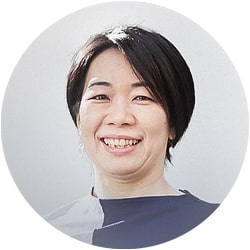
Ayako Kawai
Professor of Operations and Supply Chain Management at Gakushuin University. She holds a master’s degree in social engineering and a Ph.D. in engineering from the University of Tsukuba. Her recent research interests include sustainability, resilience, and change management of value chain transformation. She has served on government committees on the realization of the physical Internet and a vision for the future of the textile industry. She has also taken a leading role in the digital transformation of the retail distribution industry in Japan.
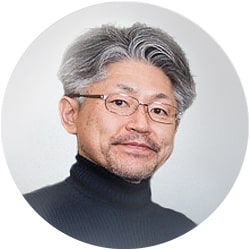
Hideaki Tanji
Hideaki Tanji, CPIM, CSCP, CLTD and SCOR-P, works as an instructor for The Fresh Connection, APICS, and other SCM courses at Hitachi Solutions East Japan. He also teaches as a part-time lecturer at the Graduate School of International Management, Aoyama Gakuin University (ABS).

Frederik Vossenaar
Frederik Vossenaar, a Wageningen University graduate, gained extensive experience in the foreign agricultural service of the Ministry of Agriculture, Nature and Food Quality of the Netherlands. As Special Envoy of the Ministry, he has led numerous trade missions abroad, supporting public/private initiatives for a sustainable food production. He published several books about his experience in Japan.
The authors

Michiel Steeman
As managing partner of Inchainge he develops and promotes business simulations on topics such as supply chain management, working capital, sustainability and circular economy. The mission is to develop value chain leaders through experiential learning. www.inchainge.com
Learn more about Michiel Steeman

Tom Holmes
Tom is a freelance supply chain journalist with 15 years industry experience. He has worked for some of the biggest names in shipping including Maersk, DNV and ShipServ, and has written extensively on a broad range of supply chain topics for a variety of publications, including Supply Management and Supply Chain & Sustainability.

